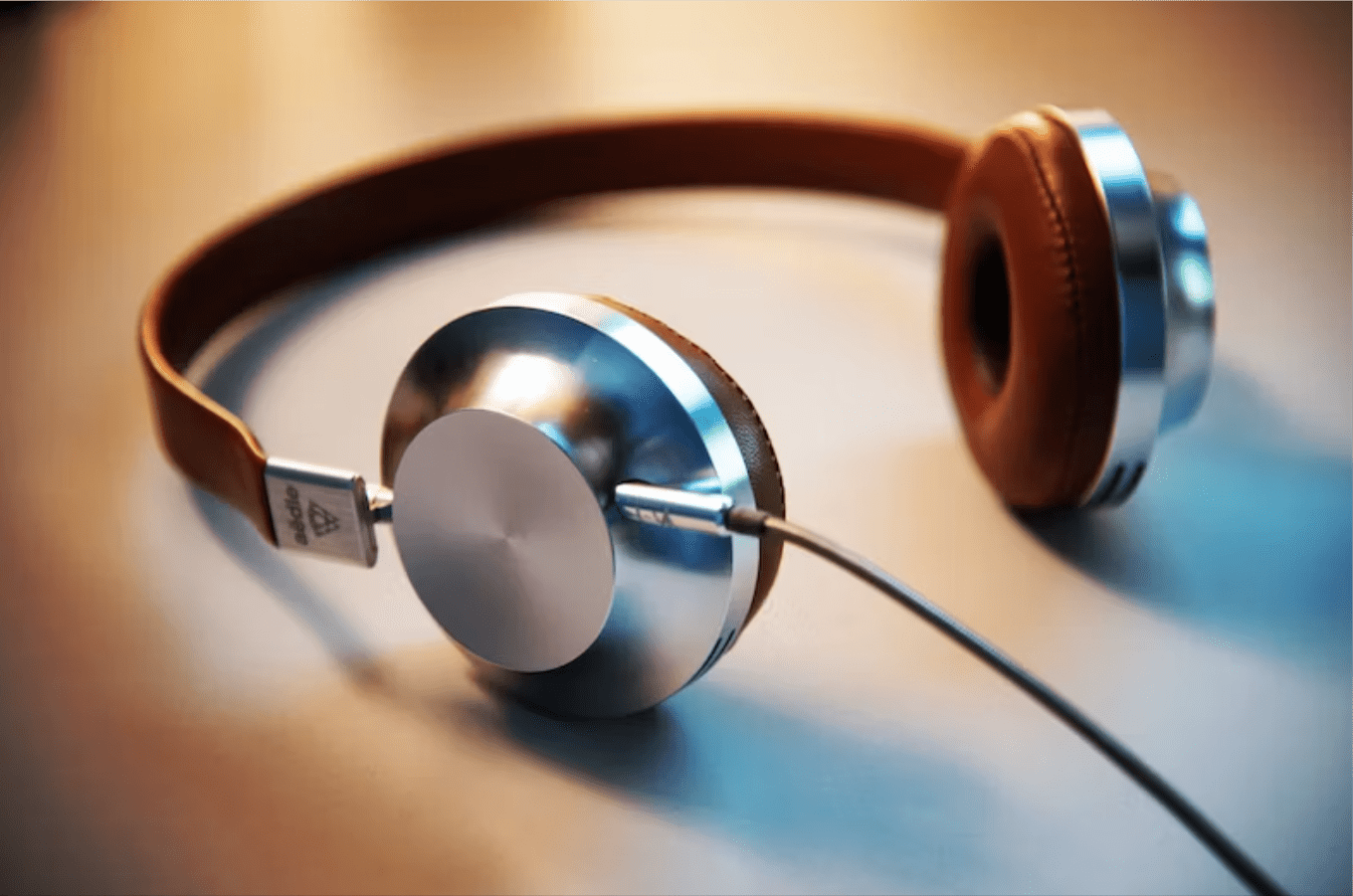
Transcribing is a useful process that can be done manually or with automated software. It can be time-consuming and requires good listening skills to avoid misspellings and mistakes. The audio file quality also has a major impact on the transcription time. For example, a clear recording will take less time to transcribe than a murky one.
Recording
There are a few key things to remember when recording your audio file for transcription:
- Ensure a clean and quiet environment where you can work without interruption.
- Prepare your workspace by ensuring you have everything within easy reach. It includes your audio file and the transcription document. It’s also a good idea to split your screen or set up dual monitors for maximum efficiency.
- Note any important information that may recur throughout the audio file, such as names or locations.
It will save you time by allowing you to do a find and replace later during editing.
Whether you’re a student taking notes during an online lecture, a journalist interviewing a source, or a professional transcribing minutes from a meeting, converting audio to text makes content creation easier and more efficient.
It takes a lot of time and effort to manually transcribe audio files, which involves listening and inputting what you hear. While this option is for those with plenty of free time and a low budget, there are more practical solutions for busy professionals or students. Different ways to get accurate transcripts include using an automated transcription tool or relying on a human transcription service.
Transcription
Transcription involves converting audio into text so people can read it without listening. It can be helpful for various scenarios, including podcasts, academic research, subtitling video clips, or simply taking notes.
Whether you want to transcribe audio yourself or create a transcript to share, it is important to prepare your workspace before beginning. Find a quiet, comfortable place with minimal distractions to allow you to focus on the content and record it as accurately as possible. Taking breaks will also help you maintain attention and guarantee that the final transcript is correct, especially if the subject is lengthy.
There are several ways to transcribe audio, including using automatic transcription software. It uses voice recognition to convert audio into text but can be less accurate than human transcribers. If you want to try this method, it is recommended that you use a service such as VEED or Amberscript. Both of these services provide high accuracy and are easy to use, with the latter offering an automatic transcription feature that can save you time. Once you have completed your transcription, it is a good idea to proofread it carefully to ensure it is error-free. It includes spelling, grammatical, and contextual errors and ensuring you have correctly recorded punctuation.
Editing
Manual transcription can be your best bet when you’re not in a rush and value accuracy over speed. Transcribing audio to text manually requires patience, attention to detail, and excellent listening skills. While it lacks the convenience and advanced features of automated software, this method can still provide high precision when working with complex files. It’s important to take the time to listen closely and use playback and pause features to slow down and double-check words, phrases, and sounds that might not make sense in context. You should also keep the original audio file to reference as needed.
An online audio-to-text transcription service is designed to streamline the process of transcribing your files. Using our free online tool, you can transcribe your audio content into a TXT, SRT, or subtitle file in just one click! It may not catch every word or miss some recurring words, but it’s far faster and easier than typing it all by yourself.
Sharing
One of the safest ways to keep audio and video content is in text files as backups. They take up less storage space and are less prone to software glitches or hardware failures. In addition, you can easily search and locate specific points of information within your transcript, making it easier to reference your videos and audio recordings. While most people use third-party apps to transcribe their audio, there are preinstalled apps on Apple devices that you can also utilize. For example, the native Dictation feature on iPhones lets you convert any voice recording into text by simply clicking on the microphone icon on your screen and dictating what you hear.
To get started, upload your file and select ‘Transcribe.’ The transcription process will begin automatically, and your transcript will be displayed in the Transcribe pane. The transcript will include timestamps, speaker names and transcribed text, even if multiple speakers exist. Once complete, you can download your transcript in TXT, DOCX or SRT format and share it with others online or on your phone. Listen closely and pause to double-check for accuracy when transcribing your audio files. Ensuring that you record accurate content will help improve the quality of your final transcription. Similarly, it’s important to have your original video or audio file close by when editing so you can refer to the words and sounds that were originally recorded.



